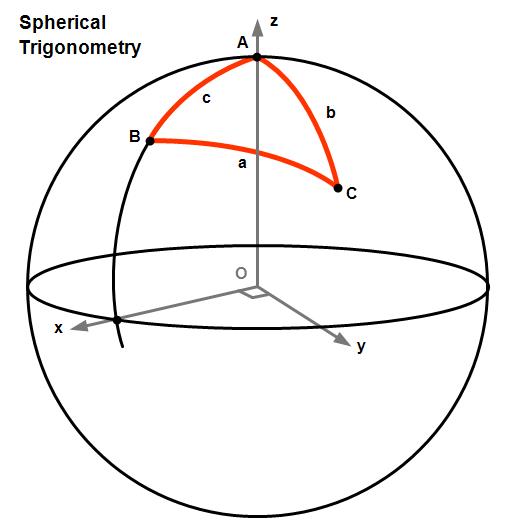2020. 2. 28. 13:23ㆍ카테고리 없음
The model describes how prices vary as a result of a balance between product availability and demand. The graph depicts an increase (that is, right-shift) in demand from D 1 to D 2 along with the consequent increase in price and quantity required to reach a new equilibrium point on the supply curve (S).A common and specific example is the graph shown at right. This graph shows supply and demand as opposing curves, and the intersection between those curves determines the. An alteration of either supply or demand is shown by displacing the curve to either the left (a decrease in quantity demanded or supplied) or to the right (an increase in quantity demanded or supplied); this shift results in new equilibrium price and quantity.Economic graphs are presented only in the first quadrant of the when the variables conceptually can only take on non-negative values (such as the quantity of a product that is produced).
Even though the axes refer to numerical variables, specific values are often not introduced if a conceptual point is being made that would apply to any numerical examples.More generally, there is usually some mathematical model underlying any given economic graph. For instance, the commonly used supply-and-demand graph has its underpinnings in general —a highly mathematical discipline.Choice of axes for dependent and independent variables.
Economics Graphing Calculator
The IS curve moves to the right if spending plans at any potential interest rate go up, causing the new equilibrium to have higher interest rates (i) and expansion in the 'real' economy (real GDP, or Y).In most mathematical contexts, the is placed on the horizontal axis and the on the vertical axis. For example, if f( x) is plotted against x, conventionally x is plotted horizontally and the value of the function is plotted vertically.
This placement is often, but not always, reversed in economic graphs.

Our supply and demand graph creator makes it simple to update your data sets, ensuring that you keep up with changing customer needs and base your decisions on the most accurate information. If you import data from Google Sheets, you can simply make changes to your spreadsheet, and our supply and demand graph maker will reflect your updates automatically. Import several data sets to the same Lucidchart document to visualize data from multiple sources without switching between spreadsheets. No data sets to link? Create custom data fields and link the data to your diagram. Our collaborative features let you communicate and share your insights with any team member, whether they’re on desktop or mobile, Mac or PC. Lucidchart updates all of your edits in real time, so your entire team can view the most up-to-date version of your supply and demand chart at all times.
Draw attention to specific data points with @mention notifications. Use presentation mode to provide a visual overview of the current state of supply and demand, as well as future plans and recommendations.